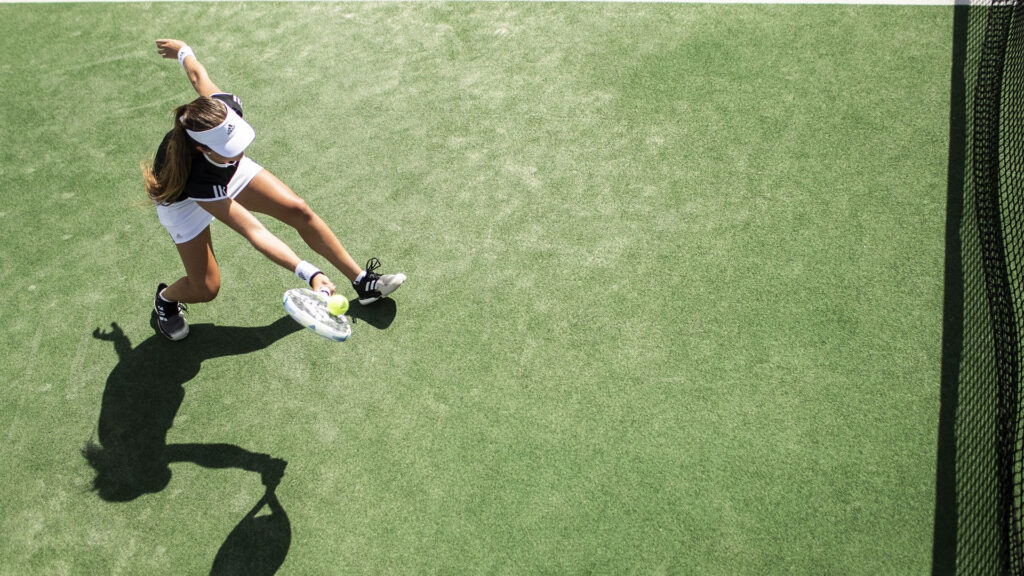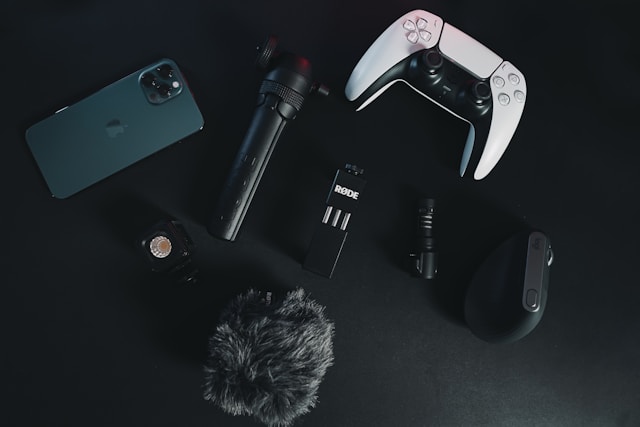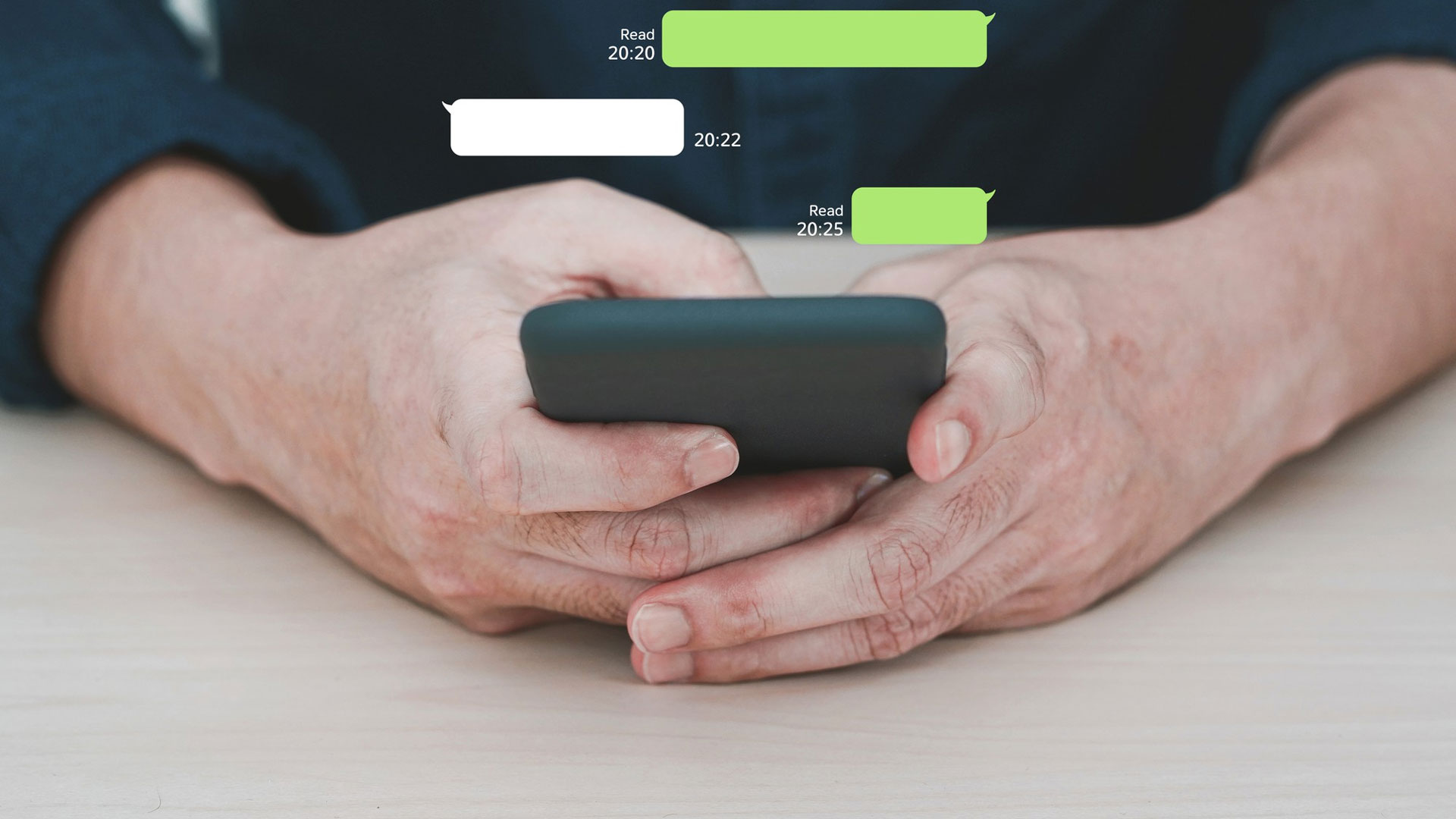What Is a Fault in Tennis? Tips To Fix Different Types Of Foot Faults

Have you ever watched a tennis match and heard the word “fault” but could not get it? Don’t worry and keep scrolling to know “What is a fault in tennis?”
Why Is It Called A “Fault”?
In the early days of tennis, the word fault referred to a player’s mistake or error. This term originates from the Old French word “faute,” which translates to fault or mistake.
However, it might have been influenced by the terminology in billiards, where a fault referred to an error that permitted the opponent to take their turn. In tennis,there are two types of faults: service faults and foot faults.
What Is a Service Fault Or Service Let?
A service let does not constitute a fault. You will most commonly hear an umpire call a let when the ball hits the net, strap, or band and subsequently lands in the correct service box.
A double fault refers to two back-to-back service errors, leading to the server forfeiting the point.
Note: The “let” can occur either on the first or second serve. If a let happens on a first attempt, the point restarts and the server is allowed two additional serves.
What Does Foot Fault Mean In Tennis?

This happens when the server’s foot touches the baseline or the inside of the court before they hit the ball.
Players must keep both feet behind the baseline until they make contact with the ball. If a player steps on or over the line too early, the umpire calls a foot fault, and it’s treated the same as a service fault, meaning the server gets another try unless it’s their second serve, which would result in a double fault.
How It Occurs? 4 Possible Types of Foot Faults
There are 4 types of foot faults in tennis. By learning how these occur, you will reduce the potential for committing and being called on a foot fault during a match. The 4 types of foot faults are:
- The most common type of foot fault occurs when the server touches the line or the court area with either foot before the ball is hit. It is acceptable to touch the baseline or the court area after the server’s racket has contacted the ball.
- The server changes position by either walking or running. Although, slight movements of the feet are permitted. Running or walking up to the baseline and immediately tossing and hitting the serve is not permitted.
- The imaginary extension of the center mark is touched with either foot. The server must stand to the side of the center mark.
- The server touches the area outside the imaginary extension of the sideline with either foot. For example, in singles, the server cannot stand in the area behind the doubles alley the space between the singles line and the doubles line.
What are Some of the Causes of a Foot Fault?
There are several reasons why foot faults can happen unexpectedly. Review this section to discover how to enhance your tennis performance.
First Cause
The most common reason of a foot fault is moving your front foot. If you stand very close to the baseline and move this foot slightly, you likely will touch the line before hitting the serve.
Second Cause
Some people move their back foot the right foot for right-handed players around while serving. While a small movement of the back foot can be acceptable – you do not want to move the back foot around your body. This opens up your shoulders too quickly and can cause inconsistency in your serves and risk foot faulting.
Third Cause
When aligning your feet to begin a serve, look down at your feet. Both feet need to be to one side or the other of the center mark or line.
When playing singles or doubles a foot fault can occur if you are not paying attention to where you are when starting your serve.
How Can You Avoid Faults? Tips To Follow
Here are a few tips you can follow to prevent these mistakes in the future. Review the advice listed below and practice to achieve mastery.
Understand the Rules
Prior to serving, take a moment to check your foot placement. If you have a habit of shifting your front foot before your racket hits the ball, there are techniques you can use to practice maintaining your front foot’s position.
Work on Your Toss
A properly executed toss is crucial for a successful serve and minimizing errors; however, many players seldom practice their toss separately from their serve. If you think your toss might be the source of your difficulties, look for some drills to enhance it and dedicate time to practice consistently.
Position Your Feet
The most common cause of a foot fault is moving your left foot if you are right handed. The easiest way to prevent foot faults when hitting a serve is to avoid standing too close to the baseline. By giving yourself space, you help ensure any forward movement of your front foot during your service motion doesn’t contact the baseline.
Watch Your Speed
If you hit a serve with moderate to fast pace, the chance of hitting a flat serve in the proper service court is slim. It generally will either hit the net or go out. Hitting a slice or spin serve is a much more consistent serve.
Frequently Asked Question (FAQs)
These are most commonly asked question related to fault in tennis and how can we avoid it.
Q1: What happens if a fault occurs on the first serve?
A: If a fault occurs on the first serve, the server is allowed a second attempt. If the second serve also results in a fault, it is called a “double fault,” and the tennis player loses the point.
Q2: What if the ball served touches the server or server’s partner?
A: If the ball served touches the server or the server’s partner before it crosses the net, it is called a fault, and the server must attempt the serve again.
Q3: How does serving into the sun affect faults?
A: Serving into the sun can impact a tennis player’s ability to see the ball clearly, potentially leading to faults if the server misjudges the serve or fails to place the ball accurately into the service box.



